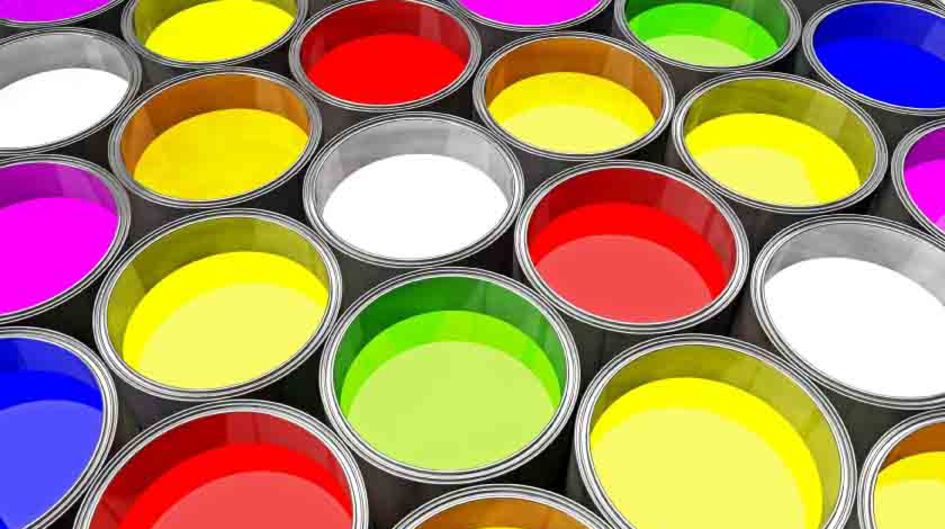The Role of Defoamers in Enhancing Product High Quality and Performance
In different making procedures, the visibility of foam can significantly hinder product high quality and functional effectiveness. Defoamers act as essential additives that mitigate this issue, making certain smoother manufacturing workflows while improving the visual and useful features of the last items (defoamers). Their application covers a plethora of sectors, from food and beverage to pharmaceuticals, where uniformity and dependability are vital. Nonetheless, the selection of the proper defoamer can be essential to attaining ideal results, raising important inquiries concerning solution compatibility and efficiency metrics that merit further exploration.
Understanding Defoamers
Comprehending the role of defoamers is necessary for keeping product top quality across different sectors. Defoamers are chemical additives developed to protect against the formation and lower of foam in liquid systems, which can negatively affect processes such as blending, filling, and surface area tension. Lathering can bring about inadequacies, item problems, and endangered visual charm, making defoamers a crucial element in making procedures.
In industrial applications, defoamers assist to boost item consistency and stability. As an example, in the paint and layers industry, foam can hinder the application process and the final finish. Similarly, in food and drink manufacturing, excessive foam can hinder bottling and packaging performance (defoamers). The reliable use defoamers not only guarantees smoother manufacturing procedures however additionally adds to exceptional product performance.
In addition, the option and formula of a defoamer should align with specific application needs, such as compatibility with various other active ingredients, performance under differing temperature and pH conditions, and possible regulatory constraints. Ultimately, understanding defoamers' functions and their relevance in numerous solutions is critical for maximizing production and making certain the highest possible quality final product.
Kinds Of Defoamers
Defoamers can be classified into numerous kinds based on their make-up and system of activity. The primary kinds consist of silicone-based, non-silicone organic, and not natural defoamers.
Silicone-based defoamers are among the most reliable, mainly as a result of their capability to spread out rapidly on the liquid surface area and disrupt foam development. Their distinct chemical structure enables superior security, making them suitable for high-temperature applications and settings with varying pH degrees.
Non-silicone natural defoamers, usually composed of all-natural oils or fats, are valued for their biodegradability and reduced toxicity. These are normally utilized in food and drink applications where security and environmental effect are paramount.
Not natural defoamers, that include materials like talc or calcium carbonate, act by boosting the thickness of the liquid, therefore decreasing foam security. They are often used in commercial procedures where compatibility with other materials is not a worry.
Each sort of defoamer has unique advantages and restrictions, permitting tailored services depending upon the specific foaming issues experienced in various applications. Understanding these differences is crucial for optimizing efficiency and attaining preferred product high quality.
Applications Across Industries
Various industries leverage defoamers to enhance item top quality and functional performance. In the food and drink industry, defoamers are crucial in processes such as developing and dairy production to stop foam formation, which can cause ineffectiveness and product disparity. By managing foam, producers can guarantee much better yield and an extra uniform product.
In the pharmaceutical market, defoamers play a vital duty in the formula of liquid drugs, where extreme foam can hamper mixing and accurate dosing. Their use helps keep the honesty of the solutions and facilitates smoother manufacturing procedures.
The paint and coatings industry additionally relies on defoamers to improve the performance of products throughout application. By minimizing foam, these additives make This Site sure a smoother coating and improve the aesthetic high qualities of the end product.

Advantages of Using Defoamers
While the application of defoamers varies throughout industries, their advantages constantly enhance item top quality and process performance. One substantial advantage is the decrease of foam formation during manufacturing procedures, which can or else bring about manufacturing hold-ups and inconsistencies in product quality. By reducing foam, defoamers allow a smoother circulation of materials, promoting extra efficient operations and reducing the likelihood of devices malfunctions.
Additionally, making use of defoamers can enhance the appearance and structure of end products. In markets such as coverings, paints, and food handling, too much foam can compromise the aesthetic aesthetics and general top quality, while the appropriate defoamer application makes sure an uniform surface and preferable characteristics. In addition, defoamers can add to set you back financial savings by reducing waste throughout production and enhancing making use of basic materials (defoamers).

Choosing the Right Defoamer
Choosing the best defoamer is critical for enhancing production procedures and guaranteeing product top quality. The choice of defoamer affects not only the efficiency of foam control but additionally the overall performance features of the final product. Aspects to consider include the sort of application, the chemistry of the formula, and the ecological problems under which the item will certainly be used.
Different markets might call for specific defoamer kinds, such as silicone-based, natural, or polymeric defoamers. Recognizing the compatibility of the defoamer with the primary ingredients is important to avoid unfavorable reactions that could endanger item stability. Furthermore, the defoamer's effectiveness in various temperature levels and pH degrees need to be examined to make sure consistent performance.
Evaluating the defoamer in small applications can provide useful insights into its efficiency and suitability. Consideration of governing compliance, especially in food, drugs, and cosmetics, read this is critical in picking a defoamer. Eventually, a comprehensive analysis of these aspects will certainly cause the selection of a defoamer that not only regulates foam successfully but additionally improves the top quality and efficiency of the final item.
Conclusion

In conclusion, defoamers are essential ingredients that dramatically enhance product top quality and efficiency across numerous markets. The tactical selection and application of Go Here defoamers lead to set you back savings, optimized source usage, and boosted client fulfillment.
Lathering can lead to inadequacies, item flaws, and endangered visual allure, making defoamers an important element in producing procedures.
